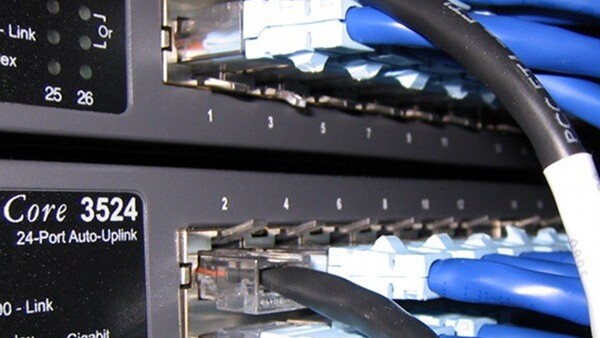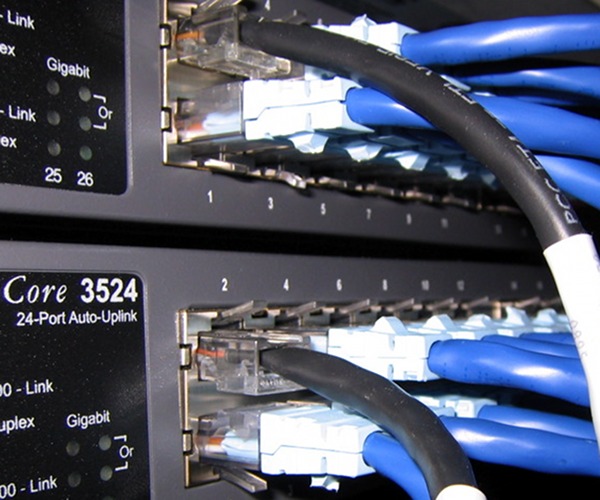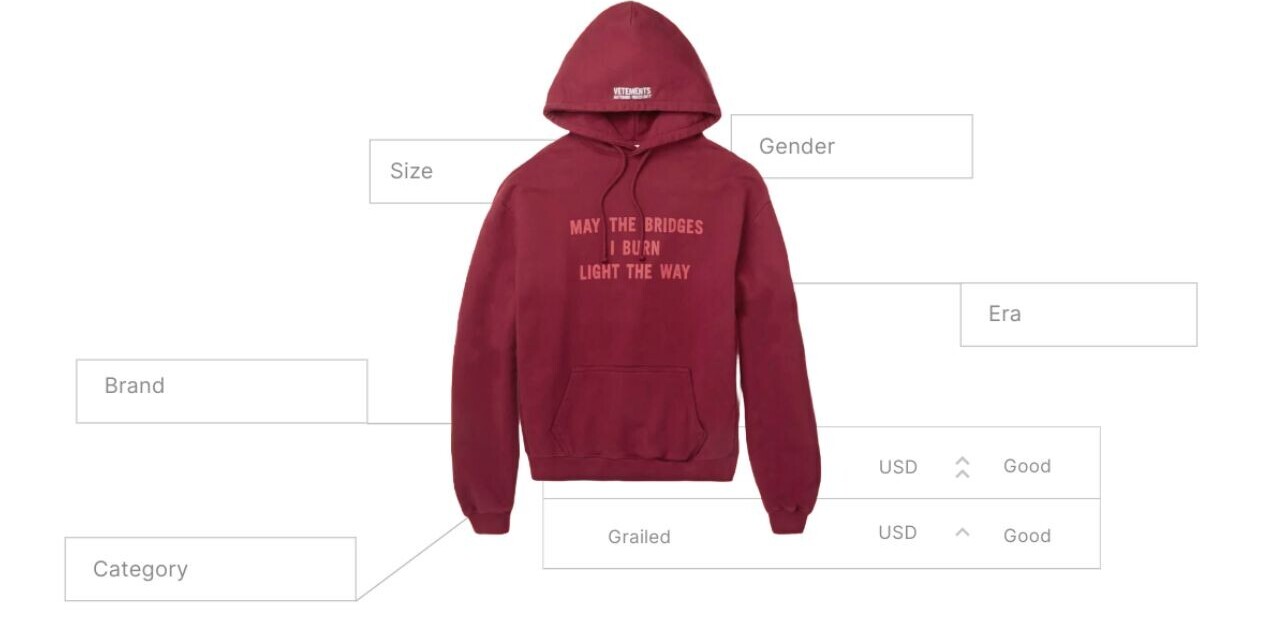
 There’s been a lot of talk about ‘Net Neutrality‘ recently, with big names like Google proposing legislation on it and the debate heating up in the UK. So, what does it all mean? Here we lift the curtain to look at how it all works “behind the scenes” from a technical point of view.
There’s been a lot of talk about ‘Net Neutrality‘ recently, with big names like Google proposing legislation on it and the debate heating up in the UK. So, what does it all mean? Here we lift the curtain to look at how it all works “behind the scenes” from a technical point of view.
The Internet is actually made up of a loose connection of around 70,000 networks that happen to exchange data with each other, those networks could be your ISP, a content provider like Youtube or even backbone providers like Level3 who just provide connectivity services to other networks.
Networks tend to connect to each other via exchange points, London has one of the busiest, known as LINX (London INternet eXchange, peaking at over 823 Gb/sec), but exchange points exist all over the world and you’ll find ISPs, mobile operators, telcos, big companies and content providers connecting to them. Backbone providers will connect to multiple exchanges and can get traffic between them, this means that an ISP only has to connect to a local exchange and not to every exchange in every part of the country or all over the world.
It’s all about your peers
Exchanges tend to be neutral which means they are just there to assist in getting data between organisations that connect. It’s up to the connecting organisations to make agreements to actually swap data. It’s a process call “peering” and for the technically minded uses a routing protocol known as BGP (Border Gateway Protocol).
There’s actually two types of peering, local peering and transit peering. Local is generally “free” while transit peering costs money for every byte sent into or received from the transit peer.
So as an example take a couple of ISPs in the UK (maybe TalkTalk and BT) they’ll both connect to LINX, who charge them a port cost. BT and TalkTalk then have to agree to locally peer i.e. exchange traffic between themselves. LINX don’t actually get involved in that process, but assuming BT/TalkTalk have peering, LINX will ensure the traffic can move across their networks. The local peering agreement just means that BT and TalkTalk agree to swap traffic and there’s no charges.
Major backbone networks may also connect and they provide transit peering, which means they can transport the data off the exchange and send it elsewhere (maybe to another country in Europe or the US etc). Transit providers charge for the privilege of moving data around (usually measured in Mbits/second/month) and international transit is around £10/Mbit/month.
As well as ISPs, content providers also try to connect locally to peering points, so in London organisations such as the BBC and Google have huge connections, as well as companies like Akamai (who provide content delivery networks).
Content is a one-way thing
Though ISP tend to “swap” traffic (i.e. what comes in is about the same as what goes out), content providers are markedly different in that pretty much all their traffic goes out from them and flows into other peers. So, the BBC has big connections in LINX but it’s pretty much all traffic being supplied by the BBC to the ISPs – very little traffic flows into the BBC’s pipes.
Some ISPs think that the situation is unfair and content providers are getting an easy ride because they pay the same for connections into the exchanges as everyone else does while their traffic profiles are only one-way. Therefore some ISPs argue that they are subsidising the conveyance of their traffic and so content providers should pay extra charges to the ISPs for that conveyance.
Obviously, the content providers think that’s a bad idea and don’t want to pay any more than they already do. They want net neutrality, their argument being it’s the content services which attract the ISP customers in the first place.
Broadband is the problem
When the Internet started to become popular, people were using modems and even as it progressed to higher and higher speeds, the rate users could consume data was limited by the modem. With the advent of broadband those speeds have jumped and are rising still.
The ISP model of flat rate connections doesn’t work any more as ISPs have to pay variable rates for transit bandwidth (and for certain forms of broadband a lot of British ISPs are paying BT to connect customers back to them and those big pipes cost a lot of money). That’s why ISPs have bandwidth caps, usage fees and fair use policies.
Some would say it’s their own fault as they should charge customers variably depending on the real bandwidth used and some ISPs do just that (they tend to be smaller niche players). However, most ISPs still work on averages, assuming most people will sit within a ‘fair use’ allowance and only a few will exceed. The idea is that those laws of averages mean that ISPs can maintain flat fees.
Unfortunately content providers break the model. It was all very well when TV was only available via radiowaves, but now services like the BBC’s iPlayer, Youtube and Youview coming online mean that users are now able to consume much more bandwidth – and that’s ignoring illegal activities like P2P file sharing which also distort the models.
BT is rolling out 40Mb/s broadband now and the technology supports up to 100Mb/s. Virgin Media is already rolling out 100Mb/s to customers. That means a single customer that utilises his or her connection (say at 40Mb/s) continuously by pulling video over from the US is probably costing the ISP somewhere in the region of £40 per month in transit charges (that’s just ONE customer) and that doesn’t make financial sense. Of course, it is rare that someone could or would actually do that.
Traffic Shaping
The whole net neutrality argument is sort-of over anyway, as ISPs already use a system to regulate what kind of traffic goes over their networks anyway and it’s called “Traffic Shaping”.
This is part of the network fabric and may give priority to say a VoIP call (or in the case of some mobile networks, blocking VoIP calls). It also means ISPs can “slow down” P2P traffic or even iPlayer content.
Many ISPs already implement some form of traffic shaping so that business services get priority over consumer services or for other reasons but the shaping takes place from the very edge of their networks i.e., at the peering points. There are good reasons for this too, such as when ISPs are subject to DDoS attacks, as the traffic is shaped before it enters the ISP network so the ISP can block certain types of DDOS attack. So, some content or traffic may be being slowed down without the customer knowing anything about it.
It’s unlikely ISPs will block, say, BBC traffic as they’re likely to lose customers by doing that, but they could – and the harsh reality is most people have no idea what kind of traffic shaping their ISP has implemented, or even if they’ve implemented it at all.
UK communications regulator Ofcom has said that it’s not getting involved in the whole net neutrality debate, but ISPs should state what shaping they’re using so customers can make an informed choice.
Get the TNW newsletter
Get the most important tech news in your inbox each week.





